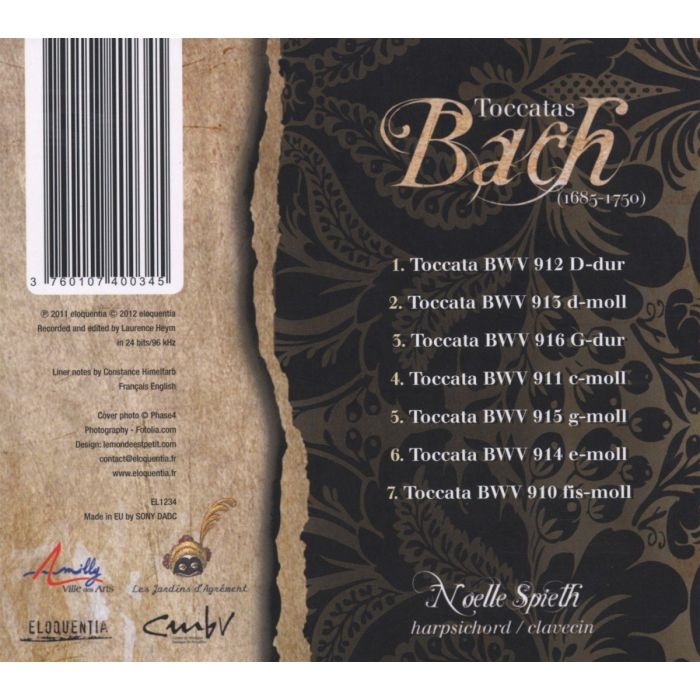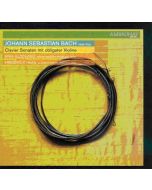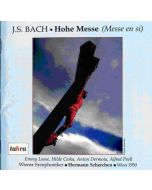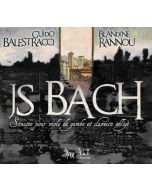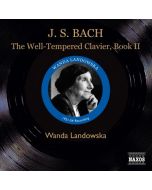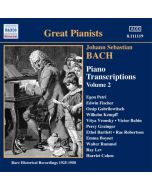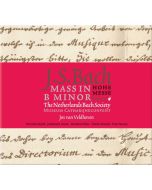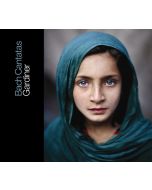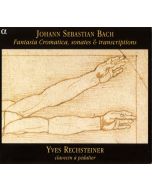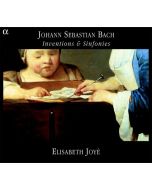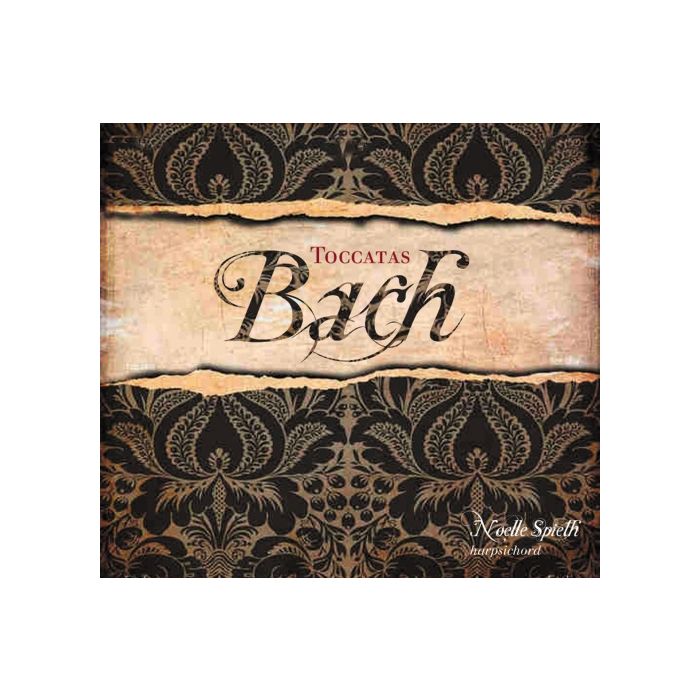
(Produkt nie został jeszcze oceniony)
kompozytor
Bach, Johann Sebastian
tytuł
Bach: Toccatas
wykonawcy
Spieth, Noelle
nr katalogowy
EL 1234
opis
When, around 1705, Johann Sebastian Bach came to write his Toccatas, this form of keyboard music had already been known for over a century, and was strongly influenced by Italian, English and Flemish ideas. The Toccata was a product of both vocal and instrumental music, and preserved many of its distinctive features. The Toccata first originated in the Gregorian chant heard in the Cathedral of St Peter's in Rome. It now functioned as a link between diverse cultural practices. During the Baroque era it was transplanted to the northern European countries, including England, where it made a decisive contribution to the development of secular keyboard music. These pieces, intended as much for the organ as for the harpsichord, combine the spectacular features of the northern virtuoso style with the rigour associated with the music of the Catholic church. When adopted by musicians from the Lutheran countries during the 17th century, it found yet another form of expression. Through its alternation between dramatic, religious passages and philosophical reflection, the Germanic Toccata provided a new sound model for a community in search of an ideal form of expression, allowing the individual to communicate with his Creator. The impersonal phrasing of certain musical figures may be thought to express the speculative nature of Calvinism in Flanders, as in the interior scenes of Vermeer. The domestic musical tradition of this region was well known to Bach, in central Germany, through the music printed in Amsterdam, the new capital of music publishing. It was through this route that Frescobaldi's work became known in the north, in particular his Fiori musicali, a famous collection of keyboard pieces in the Roman Catholic style, which made such an impression on Bach that he copied them out by hand.
nośnik
CD x 1
wydawca
Eloquentia
data wydania
22.05.2012
EAN / kod kreskowy
3760107400345
79,00 zł
Produkt dostepny w niewielkiej ilości.
Wysyłka w ciągu 3 dni roboczych
Darmowa wysyłka dla zamówień powyżej 300 zł!
Darmowy kurier dla zamówień powyżej 500 zł!
sprawdź koszty wysyłki